Explore the virtual watchtower
Voice: Naomi Ng
VR/360: Marco Hernandez

Marco
Hernandez
Even today it sounds a near impossible task: build an earthquake-resistant wooden building, strong enough to endure several tumultuous centuries, but without using nails or glue. Chinese carpenters rose to the challenge more than 600 years ago
ELEVATING A SIMPLE PRINCIPLE
Without doubt, one of the most instantly recognisable aspects of Chinese architecture is how the temple roofs are designed. The visually compelling and highly complex structures that support the roofs use wooden joints set into columns and pillars. More than a beautiful signature, the deceptively simple technique is durable and quick to assemble

Corner section supporting the Palace Museum roof in Beijing
What is the secret behind the flexible but strong structure?
Bracket sets are created by placing a wooden block (“dou”) onto a column to form a solid base. Another wooden bracket (“gong”) is then inserted into the dou to support either a wooden beam, or another gong
As multiple dougong brackets are added, the weight of the roof compresses the joints and distributes the weight evenly throughout the structure. This way, individual elements are not prone to splitting or cracking and the system of interlocking beams cannot be shaken apart, or shattered under stress
Adding new layers of brackets on top means the dougong pieces need to be slightly modified, there are about 30 combinations with simply variations to create different structures, but the core principle remains identical throughout. The system creates an incredibly robust structure which sits lightly on the floor without needing to be sunk into the ground
During the Ming dynasty period, variations on the basic shapes of the dougong system were developed allowing for taller and more decorative structures. It is believed that the more layers of brackets, the superior the building
THE CORNER TOWERS
Observation points were strategically built at each corner of the Forbidden City. These towers were to provide the city with protection. They are among the most intricate structures in the city complex because this was considered befitting of their crucial function
The Palace Museum tour guides enjoy regaling visitors with a tale about the origin of the corner towers. It begins with the emperor giving his head eunuch just three months to create a stunning design for the towers or face execution
As the days go by, the eunuch deems each of his designs not good enough to the emperor. On the final day before the deadline, he throws his hands up in despair. Realising he is going to die the next day, he decides to spend his final night on Earth doing what he loves most: making a cage for his pet cricket. The following morning, the emperor sees the cage and is completely besotted with the design
The happy ending sees the architect’s life spared and the corner towers built in the design of the cricket cage
360 VIDEO
Voice: Naomi Ng
VR/360: Marco Hernandez
CATEGORISING ROOF STYLE
There are many distinctive styles and shapes of roof structures in the Forbidden City. Some of them were reserved for use only in the Imperial Palace, with citizens banned from building anything similar to them for their own homes. Of the many different roof shapes associated with the Imperial Palace, one of the most distinguished is the use of upward-curving corners
Roofs can be divided into five main categories. The shape is usually determined by the building’s purpose, as well as the rank and role of the people housed there
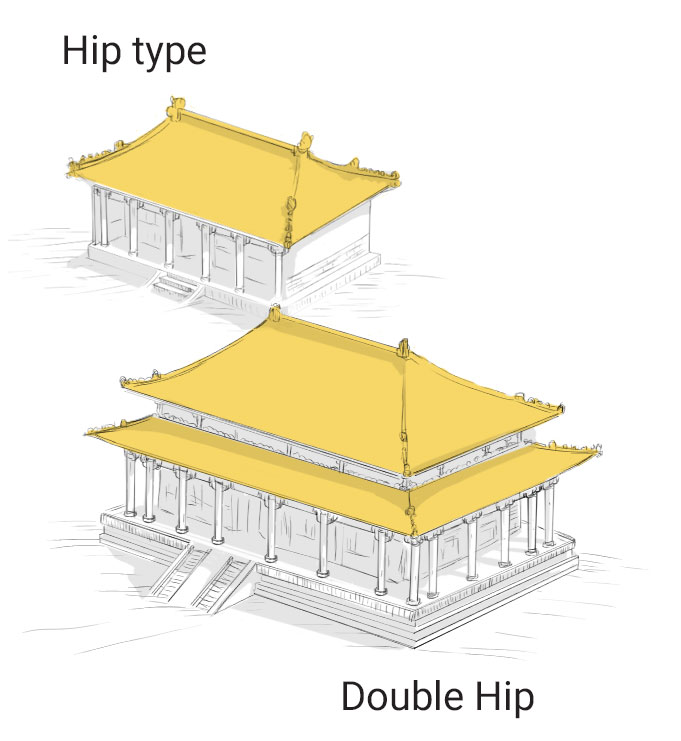
Single or double hip roofs are reserved for the most important buildings. The main temple of the Palace Museum - the Hall of Supreme Harmony - is one example of the highest grade of ancient Chinese architecture
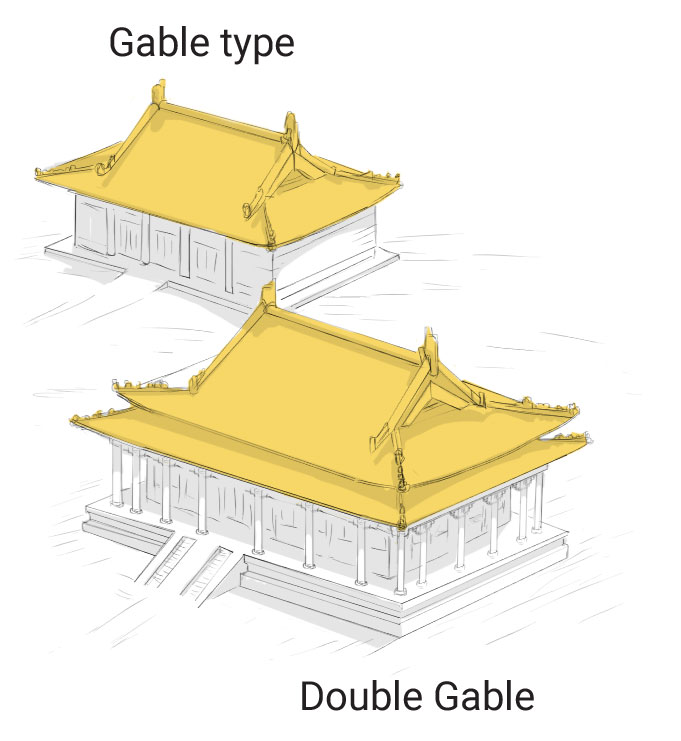
Gable roofs (single or double) have nine ridges, in contrast to the five ridges of hip roofs. This style denotes temples or mansions of secondary importance constructed for high-ranking officials
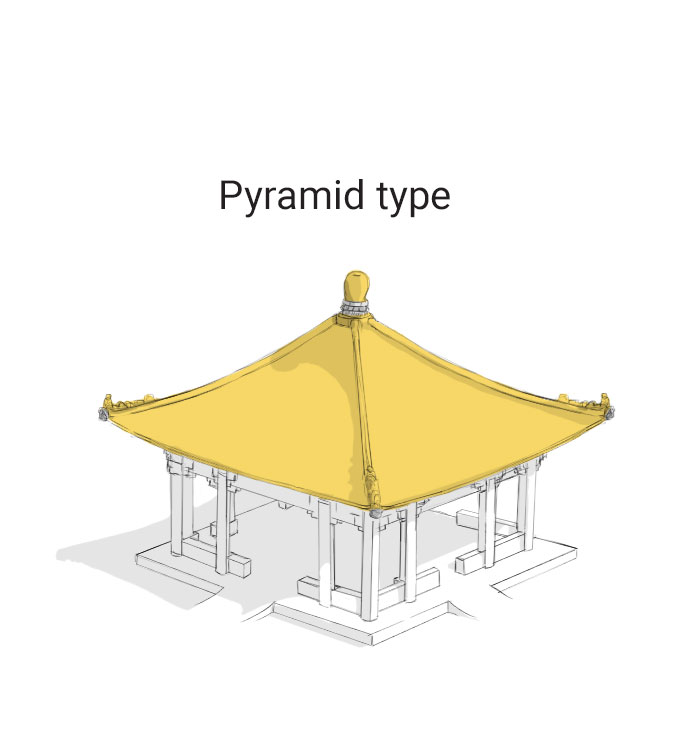
These four-cornered roofs were frequently designated to garden structures
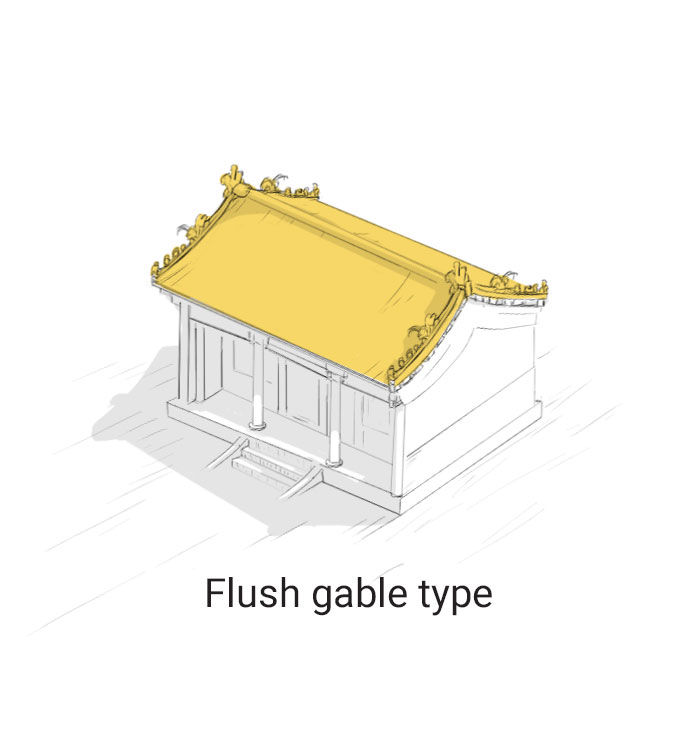
The flush gable roof is characterised by the absence of eaves and was used for workers’ houses
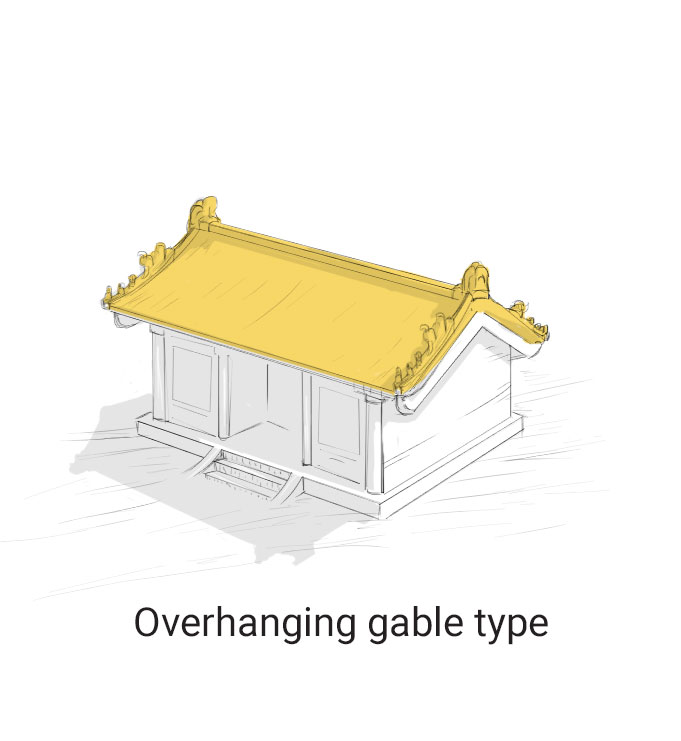
Similar to the flush gable roof, the overhanging gable roof was used for servants’ houses
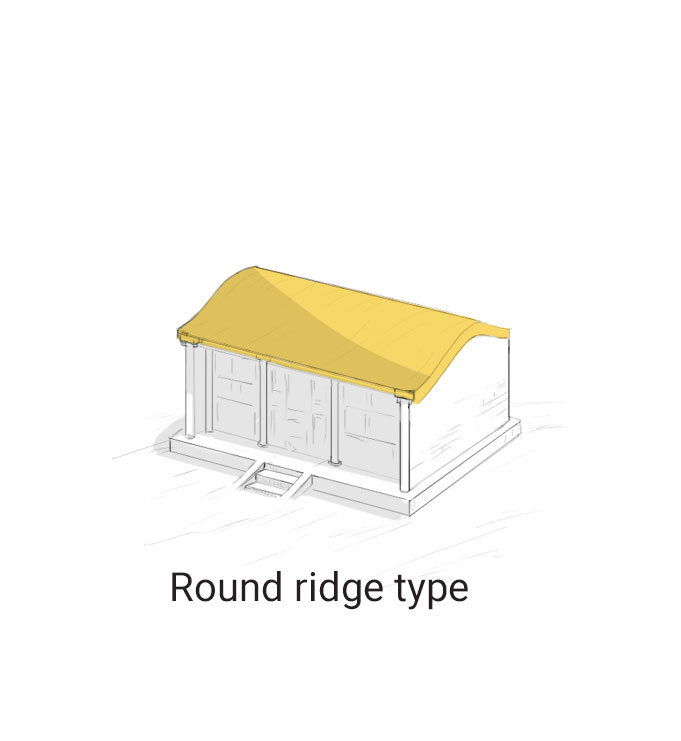
These structures were often used in the gardens of summer houses and side halls
ANIMAL DECORATIONS
Chinese folklore considers decorative elements to be essential and potent features. Mythical creatures such as phoenixes and dragons are related to power, prosperity or royalty. The Hall of Supreme Harmony, for example, boasts 13,433 individual dragons ornaments
Dragons, and other animal ornaments, crown the roofs of most of the Forbidden City’s main structures. Their ridges are decorated with all manner of clay figures, and the more important the building, the greater the number of figures
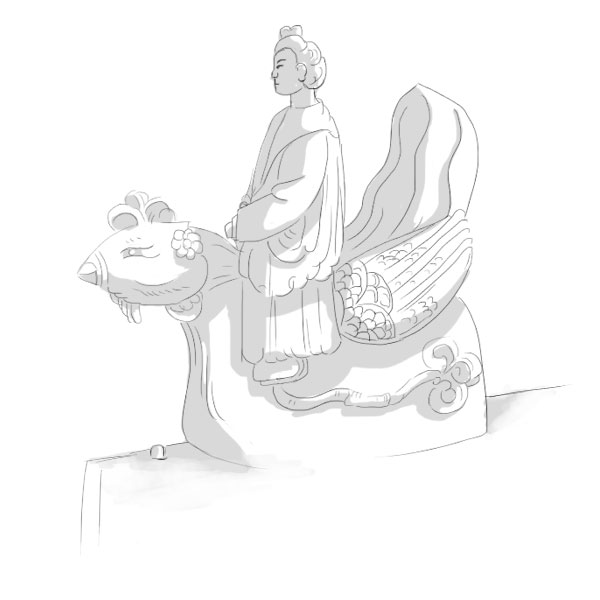
Always at the front, this figure inspires hope
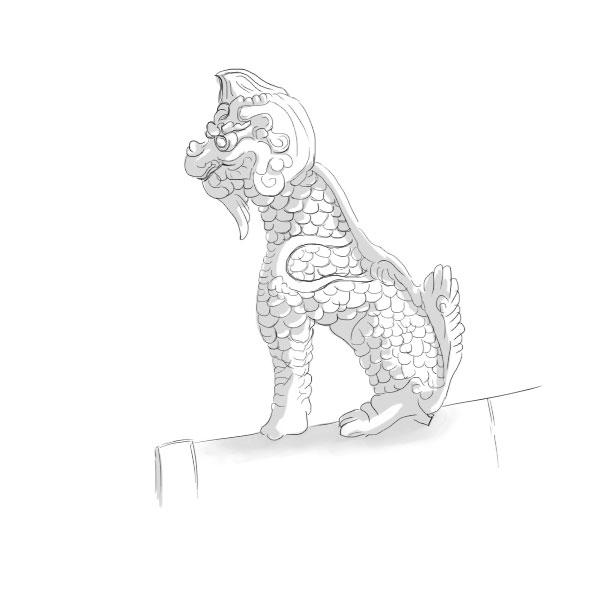
Second in line is the flying dragon, considered the most honourable of heavenly beasts
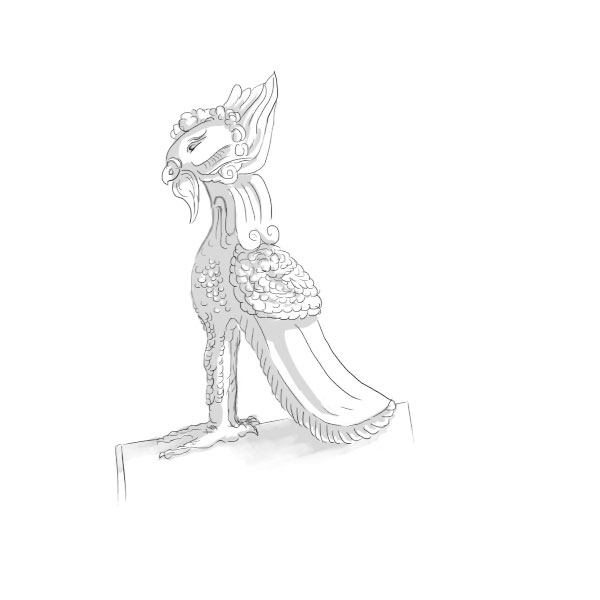
The king of all birds is in the third position
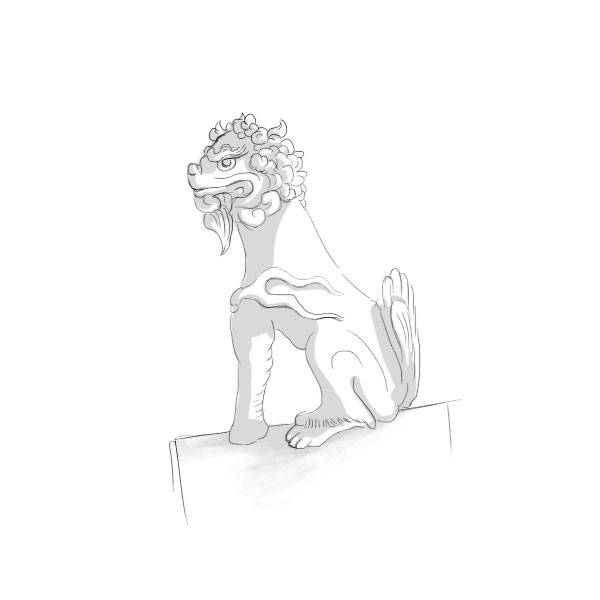
Set in fourth place is the lion – king of all animals
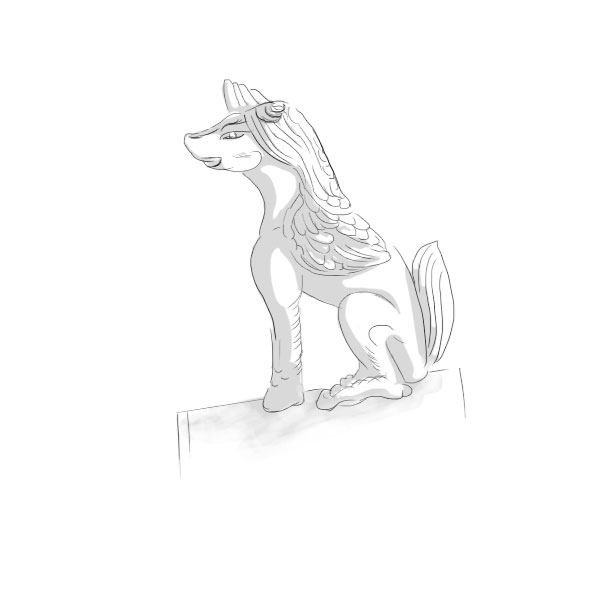
The fifth position is for the horse. According to tradition this beast can travel 1,000 miles in a day

Set in sixth place, this beast is considered full of courage and power
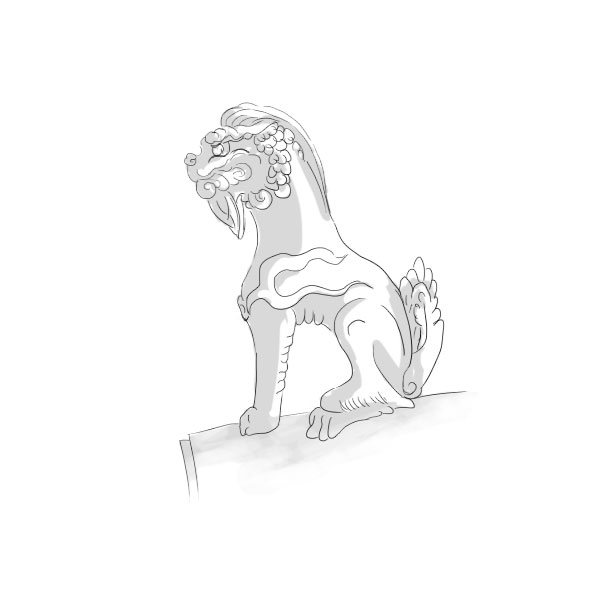
Always in seventh spot is the incarnation of the dragon’s offspring
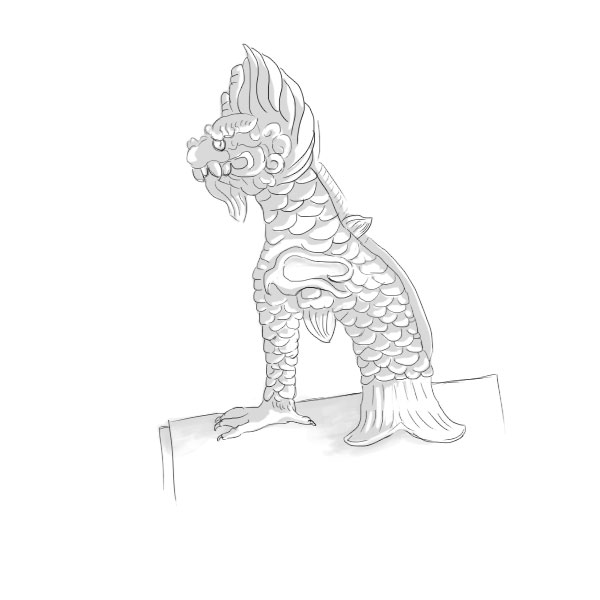
Capable of summoning winds and storms, this fish takes the eighth position
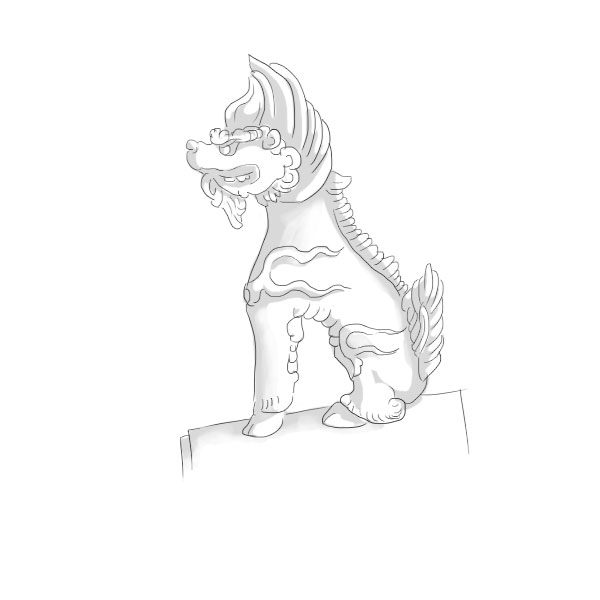
Ninth spot is taken by a beast that is part-goat, part-bull. Mythology considers this animal to be righteous and keen to attack liars and dishonest people
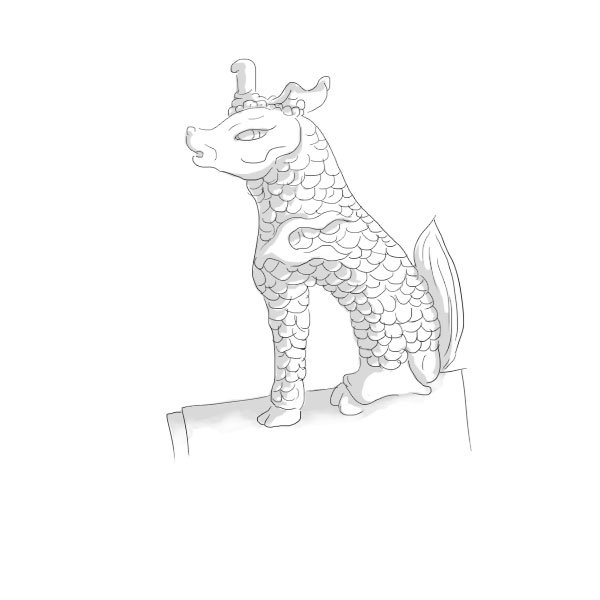
The bull, in the tenth spot, dispels evil and eats clouds to exhale mist
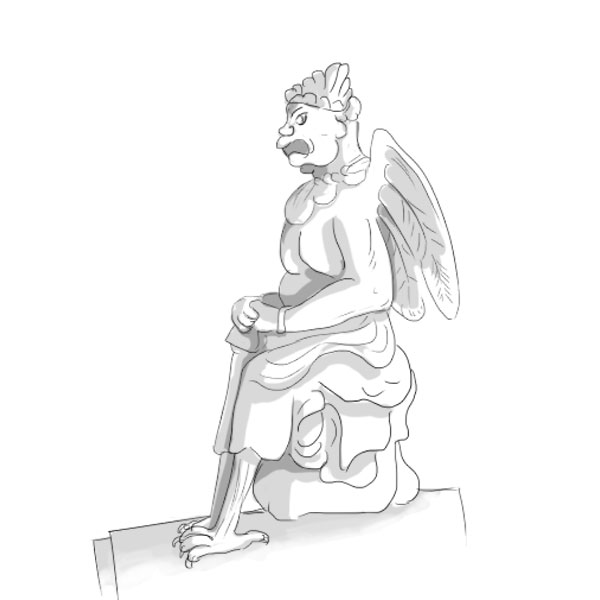
Traditionally called the son of thunder, this beast is closest to the top of the roof. It is only present on the Hall of Supreme Harmony
Factories producing ornamental figures, bricks, floor and roof tiles were built on the borders of Beijing to keep the smoke from factory kilns away from the Imperial Palace. Some of these factories are still producing bricks and clay figures 600 years later
Distinctive glazes were applied to the ceramic figures that decorate roofs. The chemical process made the figures more durable and added vivid colours to the sculpted models
Firing clay is a critical part of the ceramic process because it makes clay durable
THE MEANING OF COLOURS
Symbolic meanings are applied throughout Chinese culture, and colour is no exception. Most of the palace walls are red, which is attributed to prosperity and good fortune. But red is also associated with fire
Fire also relates to happiness, but when it came to the Forbidden City library - where, naturally, nobody wanted to risk a blaze - the palace builders left nothing to chance. The library was painted with green walls and a black roof (black relates to water) so as not to tempt fate
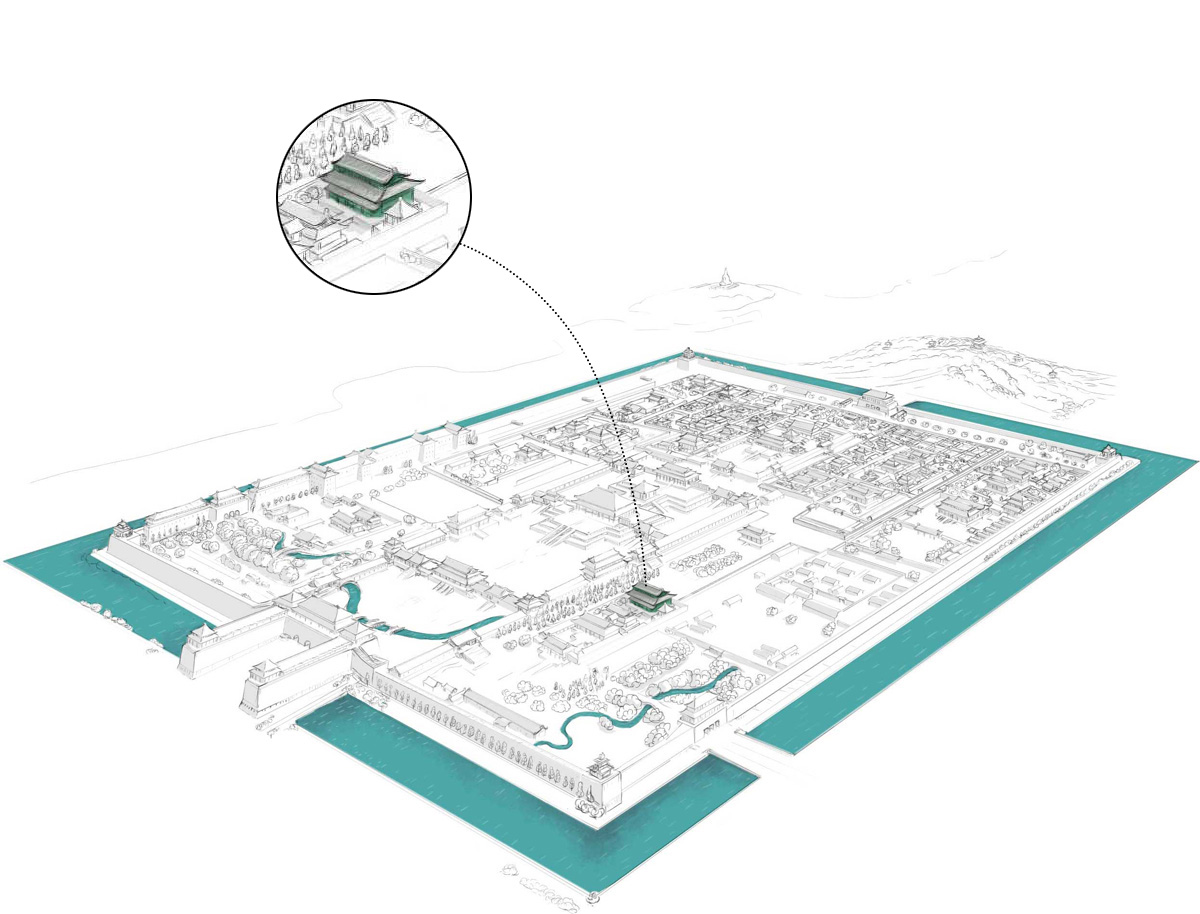
The roofs are mostly yellow, symbolising the Earth and supreme power. The palace uses a harmony of primary colours: red for the walls, yellow for the roofs and blue which denotes the sky
FURTHER READING
This is the second chapter exploring the Palace Museum’s architecture
We would like to invite readers to navigate between the chapters as they are published. Other visual narratives will investigate daily life in the palace and follow the odyssey undergone by the royal collection. We hope you enjoy immersing yourself in the project much as we did making it for you
Enjoy the complet story at the South China Morning Post here
This site has some features that may not be compatlibe with your browser. Should you wish to view content, switch browsers to either Google Chrome or Mozilla Firefox to get an awesome experience